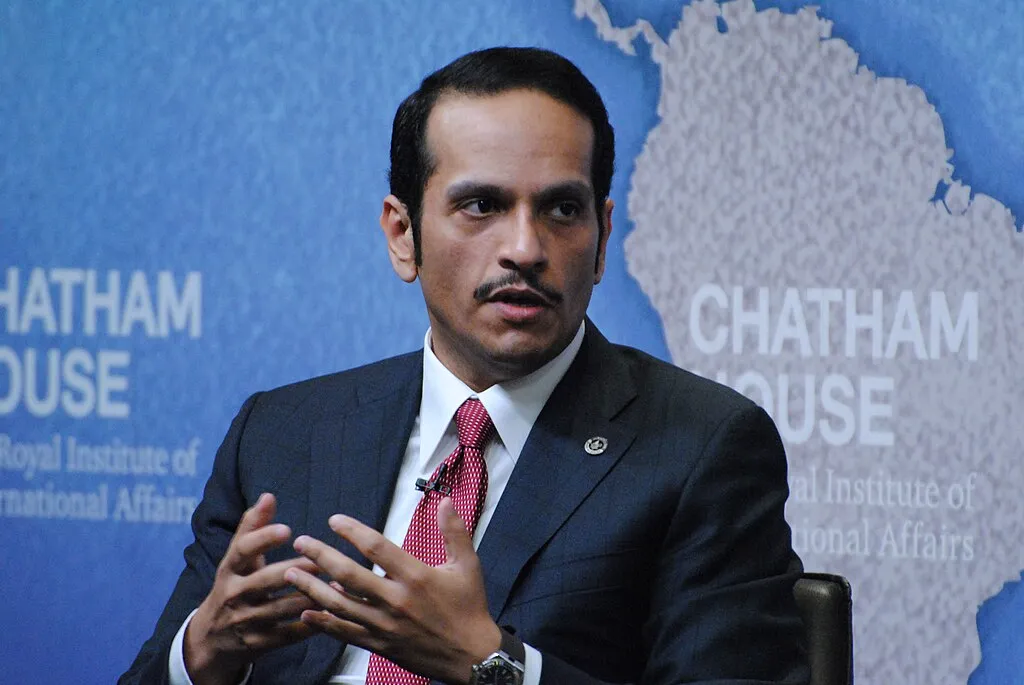Today NPR put out a vaccine coverage story entitled, “How Can You Tell if a COVID-19 Vaccine Is Working?” The coverage includes an interview with Holly Janes, a biostatistician at the Fred Hutchinson Cancer Research Center in Seattle. She stated that the trials currently underway are event-driven studies, and said, “An event-driven trial means that the primary analysis of the trial happens when you get enough events.” The article explains that by the term “events,” “Janes means laboratory-confirmed cases of COVID-19 disease. Janes says that the trial now underway aims to get at least 150 events among the trial participants.” That is, the trial is over when you get enough events.
How long should this take? The U.S. is currently identifying approximately 45,000 new cases daily, out of a national population of 331 million, which calculates to 1.36 new cases per 10,000 population per day. In a test cohort of 30,000, which is the aim of each of the Moderna and Pfizer studies, this would calculate to 4 new cases in 30,000 participants per day, or 120 per month if the vaccine were not effective, and 60 per month if it were 100% effective (all the “events” then being in the placebo group). If it were 60% effective — which is good enough for FDA approval — then approximately 84 events per month would be expected. Moderna and Pfizer have been recruiting and vaccinating study participants since 7/27/2020. Moderna is now at or very near its target of 30,000 participants, and Pfizer reported they were at 23,000 participants as of Sept. 3.
There are other factors which would tend to increase the rate of “events.” First, Moderna is targeting high-risk populations, so their event rate should be considerably above the national average, in some populations more than 4 times the national average. Second, it is widely acknowledged that the actual rate of COVID-19 is significantly higher than the reported rate, due to lack of comprehensive testing of the population. The study participants are expected to be tested whether they are symptomatic or not, to be sure to pick up the non-symptomatic cases, so the event rate will be higher than the currently reported national rate, and much closer to the actual rate in the population. These numbers would imply approximately 150 “events” for Moderna by early October for a moderately effective vaccine, and for Pfizer by two weeks into October.




